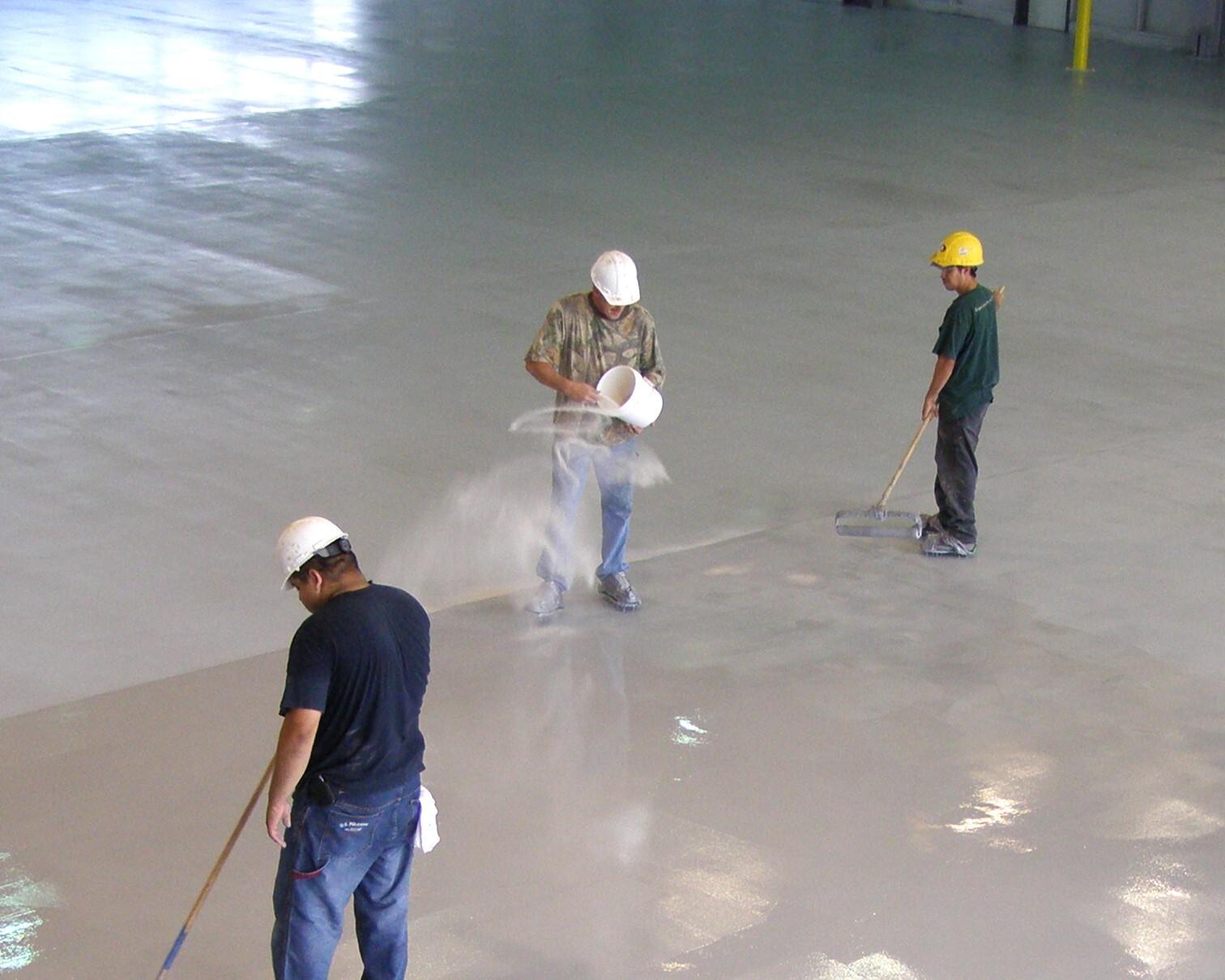Introduction
Aircraft hangars need durable, safe floors that can handle heavy traffic and prevent slip and fall accidents. Adding traction to hangar floors is essential, especially where oils, lubricants, and jet fuel can create dangerous conditions. In this process, HI-GLOSS™ Light Reflective Urethane Topcoat is applied, followed by broadcasting GARON GRIT™ 240 Aluminum Oxide Aggregate for extra traction.
Why Add Traction to Hangar Floors?
Aircraft hangars are high-traffic areas that often experience slippery conditions. To meet ADA and OSHA regulations, adding aggregate to the floor coating ensures a coefficient of friction of 0.6 or higher. This traction enhancement reduces the risk of slips and falls, especially in areas with oil or fuel spills.
Step-by-Step Application Guide
- Prepare the Floor: Ensure the hangar floor is clean and smooth to accept the topcoat.
- Apply Urethane Topcoat: Use a 3/8" hair nap roller to apply the HI-GLOSS™ Light Reflective Urethane Topcoat evenly across the surface.
- Broadcast the Aggregate: Lightly broadcast GARON GRIT™ Aluminum Oxide Aggregate at 1 lb. per 100 sq. ft. onto the wet topcoat.
- Roll to Embed: To ensure the aggregate adheres properly, use the roller again to embed the grit into the topcoat.
- Cure and Inspect: Allow the coating to cure before use.

Why This Matters
This process doesn’t just improve traction—it extends the life of the floor and enhances safety. Using GARON GRIT™ 240 ensures a high level of durability and prevents the topcoat from wearing down quickly. It’s a cost-effective way to enhance both safety and longevity.
Epoxy Floor Coating – Durable, High-Gloss Protection
Hi-Gloss™ Epoxy Floor Coating from Garon Products delivers industrial-grade durability with a sleek, high-gloss finish. This 100% solids epoxy is chemical-resistant, easy to clean, and built to withstand heavy traffic, making it ideal for warehouses, garages, and commercial spaces. Upgrade your concrete floors with a long-lasting, professional look that performs.

Investing in traction for your hangar floors is an essential step toward creating a safer and more durable environment. Don’t let slippery conditions slow you down—make sure your floors can handle anything that comes their way!